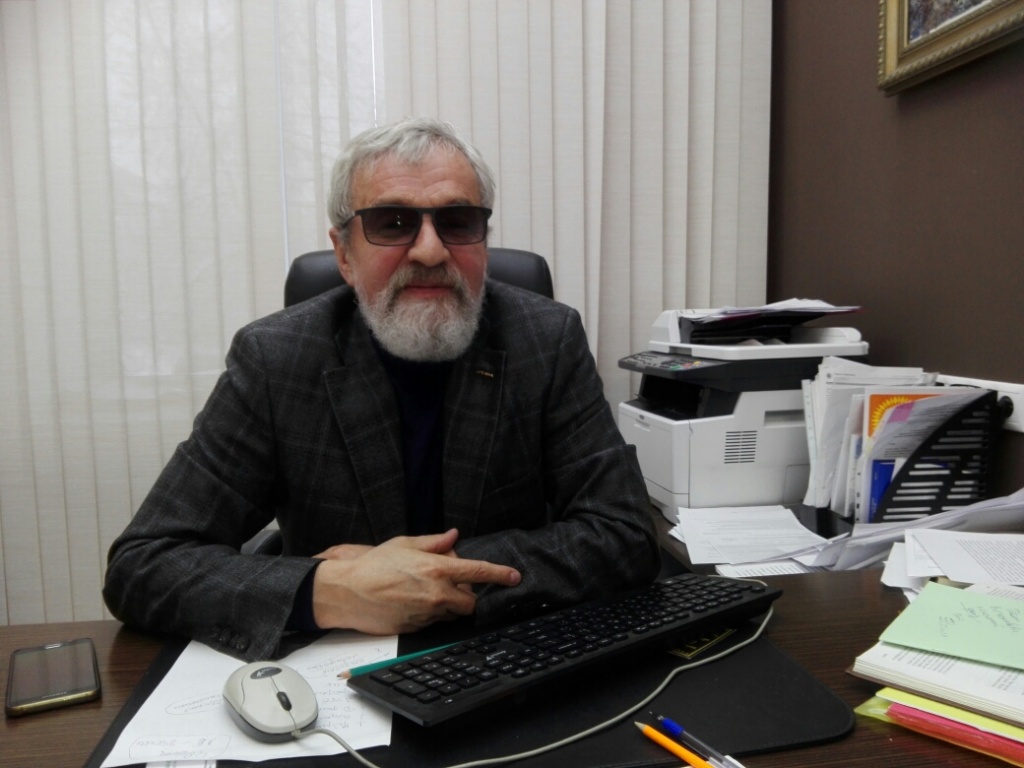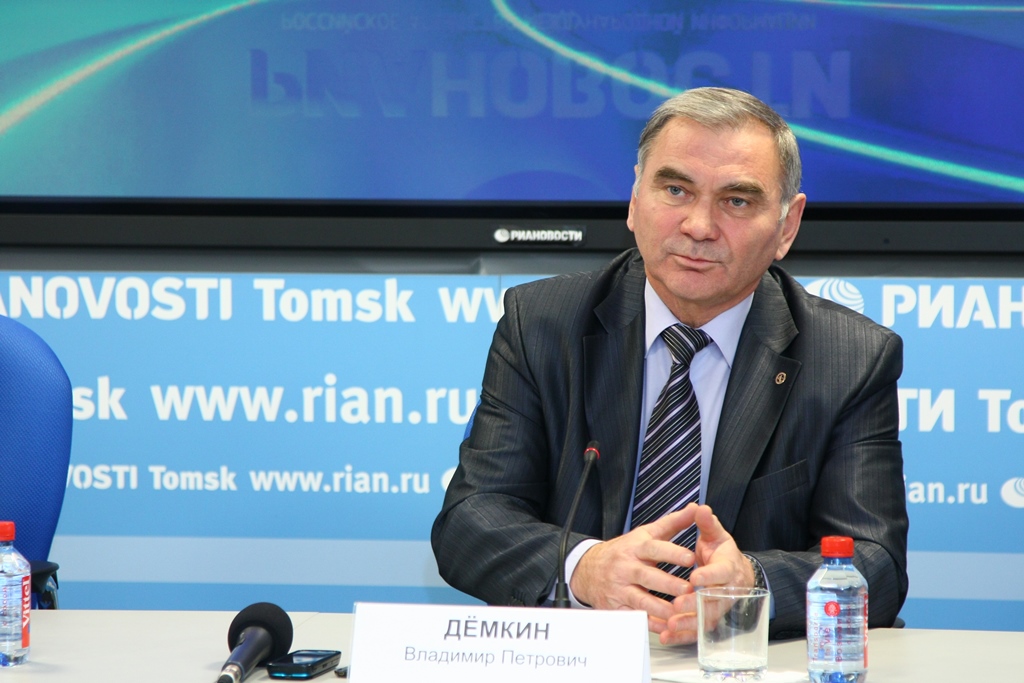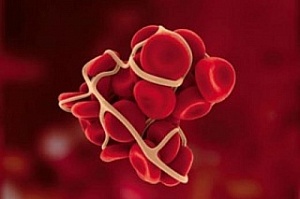Scientists at TSU and the Goldberg Research Institute of Pharmacology and Regenerative Medicine are investigating hemostasis processes in a joint project. Using physical and mathematical modeling, they have obtained new data on the functioning of the blood coagulation system. The results will help improve the accuracy of diagnosis and the effectiveness of treatment of hemostatic disorders and thereby reduce the number of serious complications, including heart attacks and cardiovascular accidents.

- In Russia, diseases of the cardiovascular system are the leading cause of mortality, but it is often not their progress that leads to the fatal outcome, but thrombohemorrhagic complications caused by blood coagulation disorders,- says Vladimir Udut, the deputy director of the Goldberg Research Institute. - To reduce the percentage of “vascular catastrophes”, we need precise diagnostic tools to identify the problem at the initial stage, when the pathological process has not gone far and will not lead to irreversible consequences.
Now methods for diagnosing hemostatic disorders in clinical practice have an error rate of 40 to 60%. This is due to the duration and complexity of preparing a blood sample for the study.
In addition, problems with diagnostic accuracy are largely due to the lack of data on biophysical processes that affect the change in the viscous and elastic properties of blood during clotting. To understand how the mechanisms of regulation of the aggregative state of the blood work, TSU scientists used physical and mathematical modeling.
- Blood is an amazing liquid that has not only viscosity, but also elastic properties characteristic of solids, for example, crystals. To understand what physical phenomena occur in the process of blood coagulation and how its structure changes, a new approach based on phase ideas about blood structure and phase transition kinetics was developed, - says Vladimir Dyomkin, the head of the Department of General and Experimental Physics at the Faculty of Physics, Vice-Rector for Network-Based Information Activities.
In the initial stage, scientists created an electronic database with data from several hundred patients with coagulation disorders. This information was processed using high-performance computing systems. Then, the scientists constructed a physical and mathematical model that enables describing changes in the aggregative state of the blood during the process of blood clot formation.

- More than 10 years ago, the ARP-01M Mednord device was created in Tomsk. It enables analyzing the blood coagulation process, bypassing the sample preparation stage, says Vladimir Udut. - The device is unique, and it is already widely used in clinical practice, but there remains the problem of understanding the principles and mechanisms of the regulation of the aggregative state of the blood. The combination of experimental and theoretical studies of the dynamics of blood coagulation processes is the only way to solve this problem and improve the diagnostic methods for whole blood.
Physical and mathematical modeling of the process and its verification by laboratory experiments conducted at TSU enabled us to obtain new data that can be used to refine the design of the device and expand its functional characteristics. In the future, this will enable detecting in advance changes in the structural composition of the blood that signal the beginning of a serious disease.

